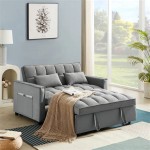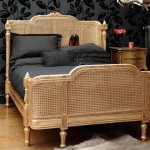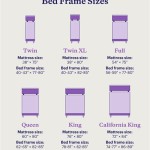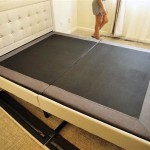Are Satin Bed Sheets Good for Your Skin?
The allure of silky smooth satin bed sheets is undeniable: they feel luxurious against the skin, offer a sense of elegance, and promise a night of restful sleep. However, beyond their aesthetic appeal, there's a growing interest in understanding the potential benefits of satin sheets for skin health. While satin is not inherently a "miracle fabric" for skin, there are several factors that contribute to its perceived advantages, alongside some potential drawbacks to consider.
Reduced Friction and Wrinkles
One of the most prominent benefits of satin bed sheets is their ability to minimize friction against the skin. Unlike cotton or linen, which can create drag and tug as you move, satin's smooth, slippery texture allows for less friction. This reduced friction is particularly advantageous for the skin, as it can contribute to fewer wrinkles and sleep lines. While sleep lines are temporary and usually disappear within a few minutes of waking up, consistent friction can accelerate the formation of fine lines and wrinkles over time. By minimizing this friction, satin sheets potentially help preserve skin elasticity and contribute to a smoother appearance.
Reduced Breakouts and Irritations
For those with sensitive skin, satin sheets offer a potential advantage in minimizing breakouts and irritations. The smooth surface of satin reduces the likelihood of trapping dirt, dust mites, and other allergens that can trigger skin reactions. Additionally, satin's breathability allows for better airflow, which can help prevent the buildup of moisture and sweat that can contribute to acne. While satin sheets may not definitively prevent breakouts or irritations, they can create a more favorable environment for sensitive skin. It's essential to note that some individuals may still experience sensitivities to the materials used in satin fabrication, so choosing high-quality, hypoallergenic options is recommended.
Potential for Hair Health
Satin sheets can also benefit hair health. The smooth surface minimizes friction, reducing the likelihood of hair breakage and tangling—common occurrences with rougher fabrics like cotton. This is especially advantageous for individuals with curly or textured hair, which is more prone to breakage. Notably, satin sheets are commonly used as a protective measure to preserve hairstyles like braids or weaves overnight, preventing friction-based damage. However, it's important to recognize that friction is not the only factor contributing to hair damage. Other factors like heat styling, chemical treatments, and nutritional deficiencies can also play significant roles.
Considerations for Satin Bed Sheets
Despite the potential benefits of satin bed sheets, it's essential to acknowledge their limitations and potential downsides. Satin, being a synthetic fabric, is not inherently "natural" and may not be suitable for those with specific sensitivities. Some individuals might experience allergic reactions or skin irritations from the materials used in satin production, especially those with sensitivities to dyes or chemicals. Therefore, choosing high-quality, hypoallergenic satin sheets is crucial. Satin sheets can also be more expensive than cotton or linen sheets, and proper maintenance is essential for preserving their quality and longevity. Regular washing and cleaning can help maintain the fabric's smooth texture and prevent the buildup of dust mites and allergens.

Benefits Of Satin Sheets

Benefits Of Satin Sheets

Everything You Should Know About Satin Sheets The Ultimate Guide

The Benefits Of Silk Bedding

Benefits Of Satin Sheets

Everything You Should Know About Satin Sheets The Ultimate Guide

Everything You Should Know About Satin Sheets The Ultimate Guide

Silk Is Good For Eczema And Shingles

Everything You Should Know About Satin Sheets The Ultimate Guide

Satin Pillowcases Benefits For Hair And Skin







